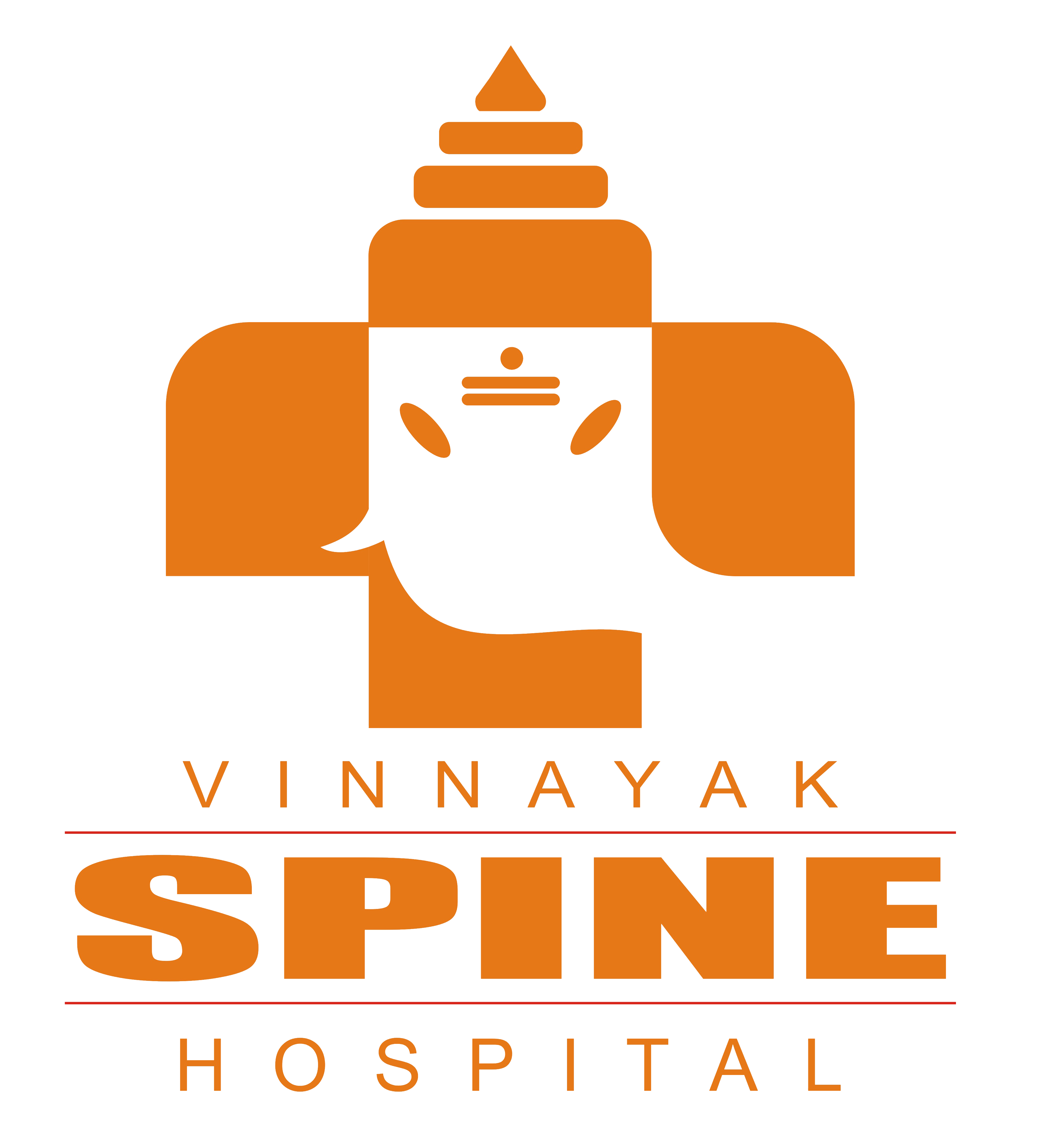Lumbar Spinal Stenosis Treatment in Pune
As we age, the spine changes, often leading to a degeneration of the vertebrae (bones), discs, muscles and ligaments (connective tissues) that together make up the spinal column. These changes may lead to Lumbar spinal stenosis.
The typical symptom is increased pain in the legs with walking (pseudoclaudication), which can markedly diminish one’s activity level. Patients with lumbar spinal stenosis are typically comfortable at rest but cannot walk far without developing leg pain. Pain relief is achieved, sometimes almost immediately, when they sit down again.
For most people, symptoms of lumbar stenosis will typically fluctuate, with some periods of more severe symptoms and some with fewer or none, but symptoms are not always progressive over time. For each person, the severity and duration of lumbar stenosis symptoms is different and often dictates whether conservative (non-surgical) treatment or lumbar spinal stenosis surgery is more suitable.
Non-Surgical Treatments for Lumbar Spinal Stenosis
Typical lumbar stenosis treatments include one or a combination of the following:
1.Activity modification. Patients are usually more comfortable when flexed forward. For example, many patients can ease leg pain and discomfort when walking by leaning forward on a cane, walker or shopping.
2.Exercise. This treatment will be recommended as part of treatment for most people with lumbar spinal stenosis. A targeted program of spinal stenosis exercises with guidance from a physical therapist or doctor can prevent further debilitation arising from inactivity. Modifications to exercises can be made to ensure patient comfort. For example, stationary biking can be a beneficial treatment option because patients are sitting and positioned in a flexed-forward position while exercising.
3.Non-steroidal anti-inflammatory drugs (NSAIDs). Since inflammation is a common component of spinal stenosis, anti-inflammatory drugs, such as ibuprofen (e.g. Advil), naproxen (e.g. Aleve) or Cox-2 Inhbitors (e.g. Celebrex), may be an effective lumbar stenosis treatment.
4.Epidural injections. These injections are given on an out-patient basis and usually take 15 to 30 minutes to complete. The physician guides a needle into the epidural space (located within the spinal canal between the lamina and the sac around the nerve root called the dura mater or dura). Once the needle is in the correct position, the epidural steroid solution is slowly injected. Epidural injections use steroids as an anti-inflammatory agent and often include a fast-acting local anesthetic for temporary pain relief
